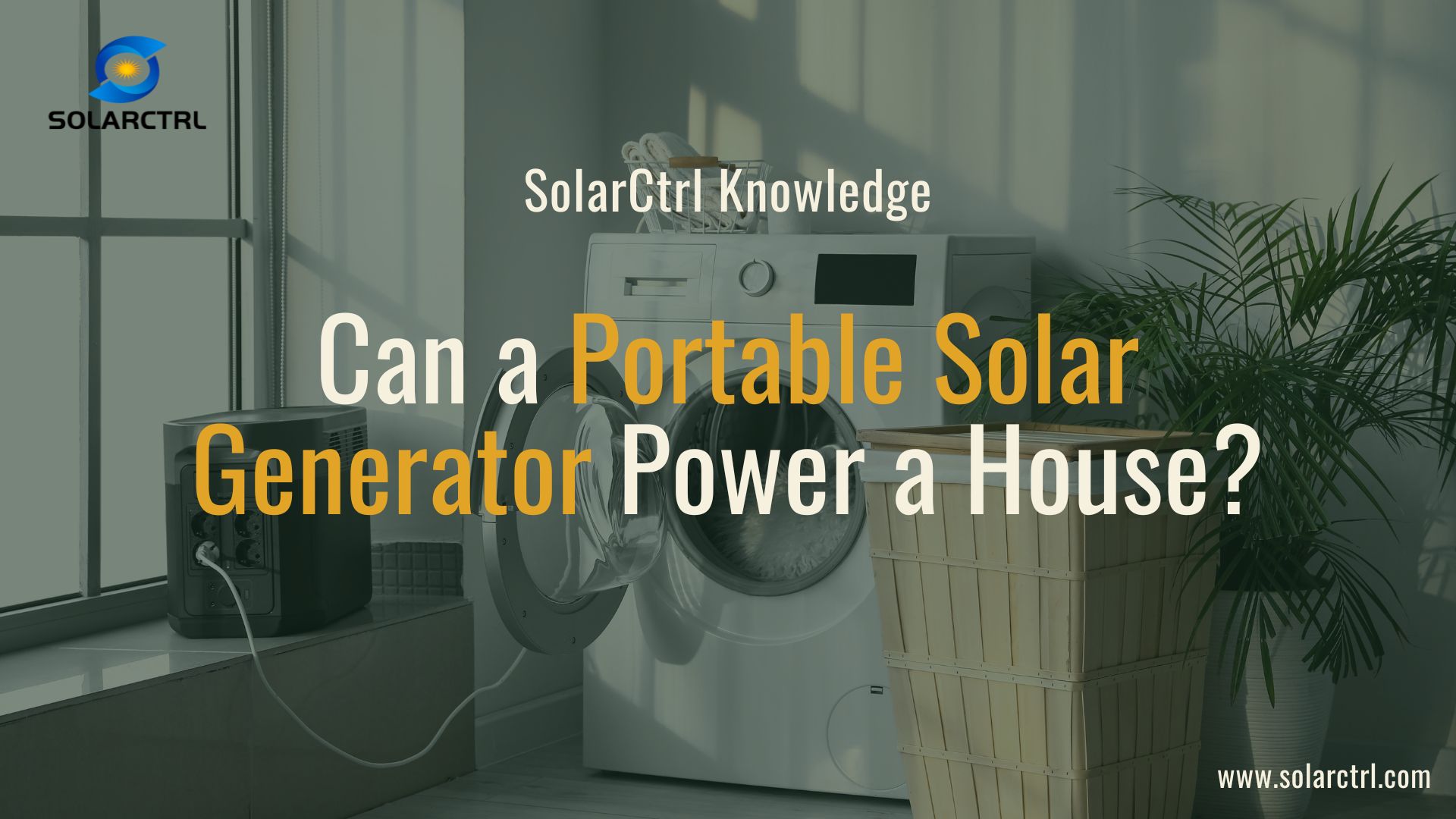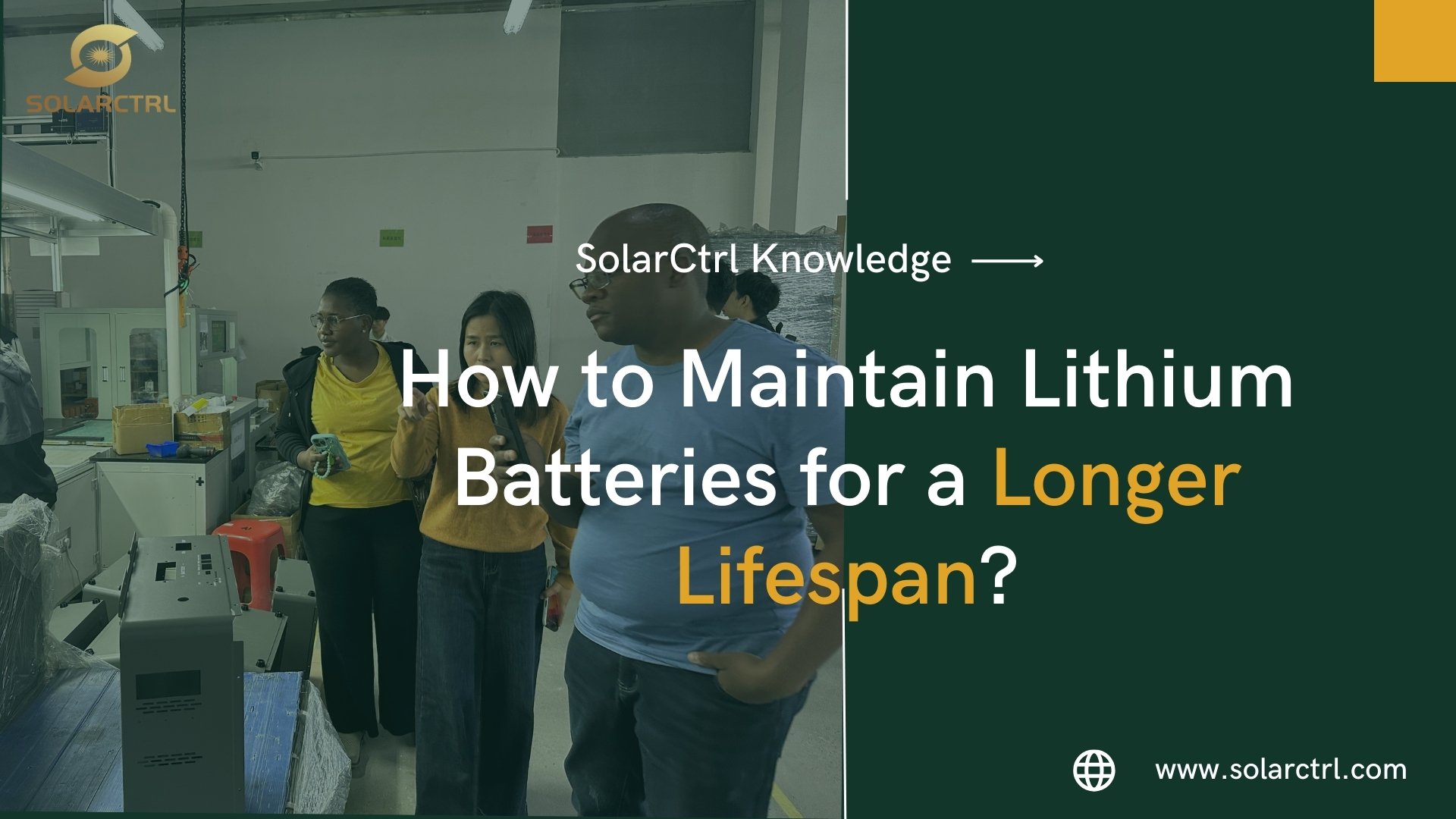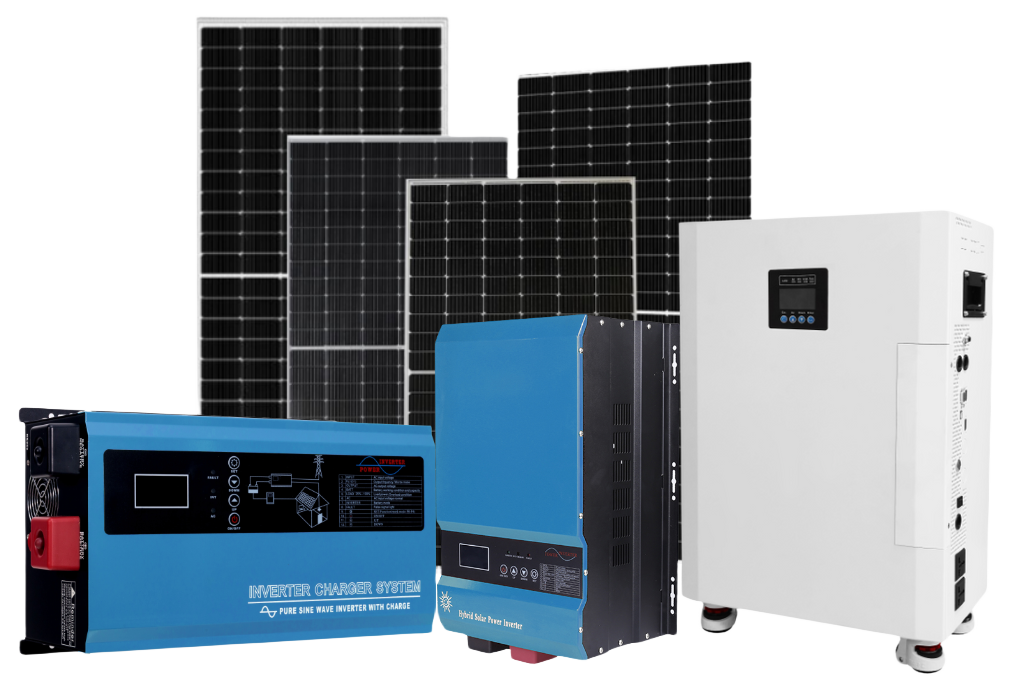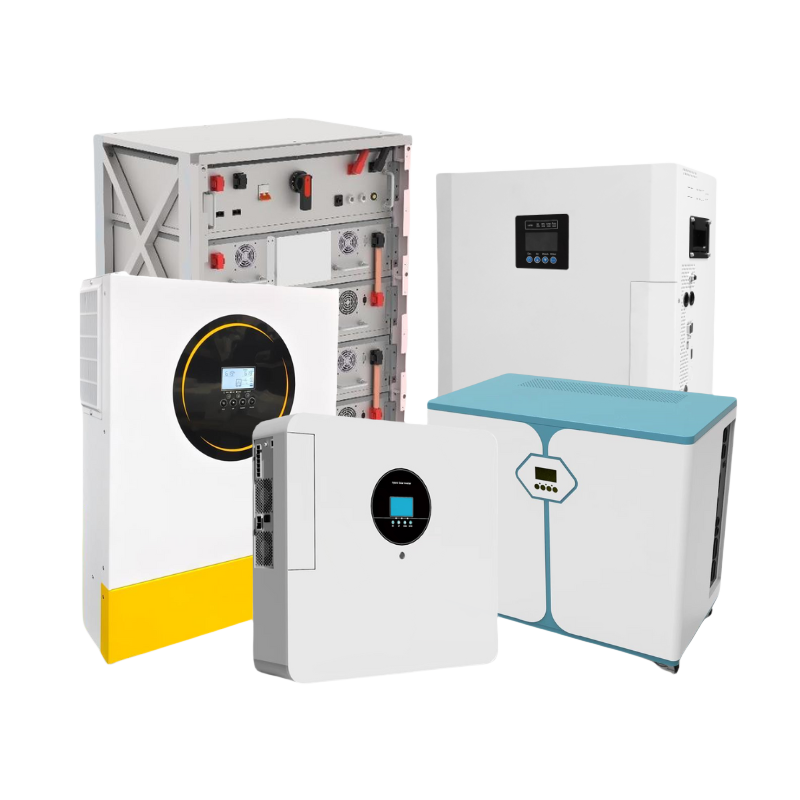The answer is yes, a portable solar generator can power a house, but its effectiveness is largely determined by the generator’s capacity and the home’s specific power demands.
For smaller homes or those with modest energy needs, high-capacity portable solar generators can provide sufficient power for basic operations such as lighting, charging devices, and running small appliances. However, for larger homes or higher energy demands, such as running heating and cooling systems or multiple large appliances, a portable solar generator may not be adequate.
Introduction to Portable Solar Generators
Portable solar generators are innovative solar-powered battery systems that efficiently capture and store solar energy using photovoltaic panels.
Specifically designed to be lightweight and easy to transport, these generators are perfect for a range of applications, from outdoor activities such as camping and tailgating to providing crucial emergency power during outages. Their popularity stems from their versatility and the convenience they offer in various settings.
Typically equipped with high-capacity batteries, these generators store substantial amounts of electricity, making them reliable sources of power for charging personal devices, running small appliances, and even supporting essential home functions in times of need.

Capacity and Suitability
The key factor in determining whether a portable solar generator can power a house is its capacity, which is measured in watt-hours (Wh). This capacity not only affects how many appliances you can run at once but also for how long you can run them before needing to recharge the generator.
1. Understanding Generator Capacity
Portable solar generators are available in a range of sizes and capacities to meet diverse power needs. Smaller models of portable solar generators start at around 500 watt-hours (Wh), perfect for charging devices like smartphones and laptops, and powering small items such as light bulbs and fans. They are ideal for short camping trips or as a backup for personal electronics.
On the other hand, larger models of portable solar generators with capacities of 3000 Wh or more can power multiple large appliances like refrigerators, microwaves, and TVs simultaneously. However, running several devices at once may rapidly deplete the battery reserve.
Choosing the right generator depends largely on understanding your specific power requirements. For instance, someone looking to keep a few critical appliances running during a power outage will have different needs than someone needing a reliable power source for a weekend camping trip. You should calculate the total wattage of the devices you plan to power simultaneously and select a generator that matches or exceeds this demand.
2. Assessing Home Energy Needs
To determine if a portable solar generator can power your home, you must first understand your energy consumption. Different appliances consume varying amounts of power, significantly influencing the capacity needed from a solar generator.
For example, common household items have the following average power consumption:
- LED light bulb: approximately 10 watts
- Laptop: around 50 watts
- Refrigerator: typically consumes about 200 watts
- Portable heater: can use up to 1,500 watts
While the average U.S. household consumes about 877 kilowatt-hours (kWh) per month, reliance on a solar generator for powering selective appliances, especially during emergencies, can substantially lower this consumption level. It’s crucial to itemize the appliances you anticipate needing during a power outage or when off-grid. Calculate the total wattage these essential appliances require and compare it to the output capacity of potential generators.
Furthermore, understanding peak usage times and the duration of appliance use can help refine your energy needs assessment. For instance, while a refrigerator runs intermittently, a portable heater might be used continuously during cold weather.
This evaluation helps in choosing a solar generator that not only meets the wattage requirements but also provides sufficient sustained power based on how long you’ll need to use each appliance between generator recharges. This approach ensures that the generator you select is both effective and efficient in meeting your specific energy needs.
3. Real-world Application
Consider a typical usage example where you need to power essential items such as a refrigerator, a few LED lights, and a smartphone. Here, the energy requirement would be relatively modest:
- Refrigerator: 200 watts
- LED Lights (4 at 10 watts each): 40 watts
- Smartphone Charger: 5 watts
Combining these, the total immediate power demand amounts to 245 watts. If you have a 3000 watt-hour (Wh) generator, this setup would theoretically run for about 12 hours on a full charge, assuming continuous use without additional charging.
However, using larger appliances like air conditioners (around 2000 watts) or electric stoves (up to 3000 watts) can quickly drain the generator’s energy and potentially exceed its capacity, making it unsuitable for high-demand uses.
In such cases, prioritize essential appliances during power outages or off-grid scenarios. If high-energy appliances are necessary, consider adding more generators or upgrading to a more robust system. Managing appliance usage by alternating which are on can also help extend the generator’s run time before needing a recharge.

Limitations
Portable solar generators provide an eco-friendly and quiet alternative to conventional gasoline-powered generators, but they come with certain limitations that can affect their versatility and overall effectiveness:
Recharging Time
The efficiency of recharging portable solar generators largely depends on the solar conditions and the size of the photovoltaic panels equipped.
On clear, sunny days, these generators can recharge relatively quickly and efficiently. However, their performance drops significantly during overcast weather or at nighttime.
Without access to sunlight, recharging these units effectively requires alternative sources such as grid electricity or an additional generator, which may not always be convenient or available.
Power Output
In terms of power output, portable solar generators generally do not reach the same high levels as larger stationary solar setups or traditional fuel-based generators.
This limitation makes them less suitable for powering high-demand appliances like large HVAC systems, major kitchen appliances, or tools that require a lot of power to operate.
They are more apt for running smaller, less energy-intensive devices such as lights, fans, small TVs, and charging electronic devices. Their suitability for short-term or emergency power also means that while they are excellent for occasional use, they may not be the best choice for continuous energy provision in more demanding situations.

Conclusion
Portable solar generators can power a house to a limited extent and are best used for specific, lower-power needs or emergency backup. They are ideal for reducing reliance on grid power for everyday energy needs and providing an off-grid power solution in remote locations.
However, for complete home power, especially in larger homes or for high-energy appliances, multiple units or a more robust system might be necessary. For those looking to integrate solar power more fully into their home’s energy system, investing in a full-scale solar installation might be the more effective route.






















